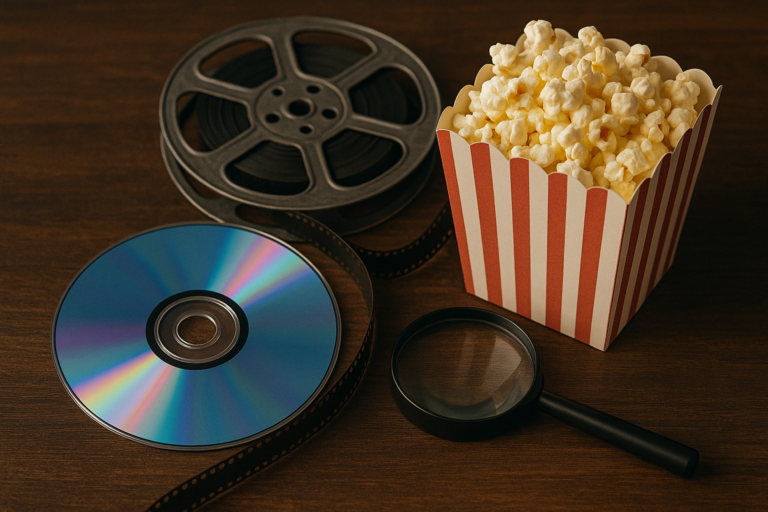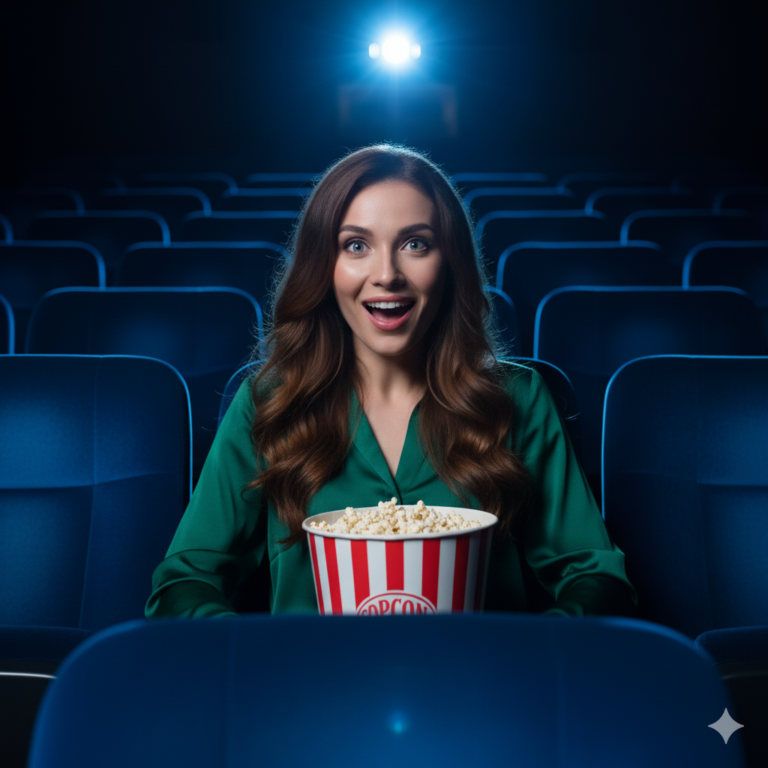**Comparing Film Adaptations to Their Literary Counterparts**
When a book is turned into a movie, it’s like taking a story from one world and moving it to another. This process, called adaptation, can be fascinating because it shows how different mediums can interpret the same story in unique ways. Let’s explore how film adaptations compare to their literary counterparts.
### The Magic of Adaptation
Adaptation is the art of transforming a work from one medium to another. This means taking a book and turning it into a movie, play, or even music. The goal is to preserve the core themes and ideas of the original work while making changes to fit the new medium. For example, a book might have detailed descriptions of characters and settings, but a movie needs to show these through visuals and dialogue.
### Examples of Successful Adaptations
1. **The Princess Bride**
– The book and movie of “The Princess Bride” are both beloved, but they have distinct qualities. The book is a detailed, witty tale with a unique narrative voice. The movie, however, benefits from the author’s involvement in the screenplay, which adds a layer of depth and humor that enhances the story.
2. **American Psycho**
– Bret Easton Ellis’s novel “American Psycho” is a dark, graphic tale of a serial killer. The movie adaptation, starring Christian Bale, toned down some of the violence and focused more on the character’s inner turmoil. While the book is notorious for its graphic content, the movie made it more palatable for a wider audience.
3. **Frankenstein**
– Mary Shelley’s novel “Frankenstein” is a classic tale of science gone wrong. The most faithful movie adaptation, directed by Kenneth Branagh, stays close to the original story but still deviates in some ways. It captures the essence of the book but also adds its own visual and dramatic elements.
### Why Adaptations Differ
1. **Audience and Purpose**
– Books and movies have different audiences and purposes. Books can delve deeper into characters’ thoughts and emotions, while movies need to convey these through action and dialogue. This difference often leads to unique interpretations of the same story.
2. **Cultural and Historical Context**
– The cultural and historical context of the time when the book was written versus when the movie is made can influence how the story is told. For example, a book might reflect the societal norms of its time, while a movie might address contemporary issues.
3. **Creative Freedom**
– Filmmakers often have more creative freedom than authors when it comes to storytelling. They can use visual effects, music, and other elements to enhance the narrative in ways that books cannot.
### Conclusion
Comparing film adaptations to their literary counterparts is a fascinating journey. Each medium brings its own strengths and weaknesses, leading to unique interpretations of the same story. While some adaptations stay true to the original, others take bold steps to make the story their own. Whether it’s the detailed world-building of a book or the visual spectacle of a movie, both mediums have the power to captivate audiences in their own ways. By understanding these differences, we can appreciate the art of adaptation and how it enriches our understanding of literature and cinema.


